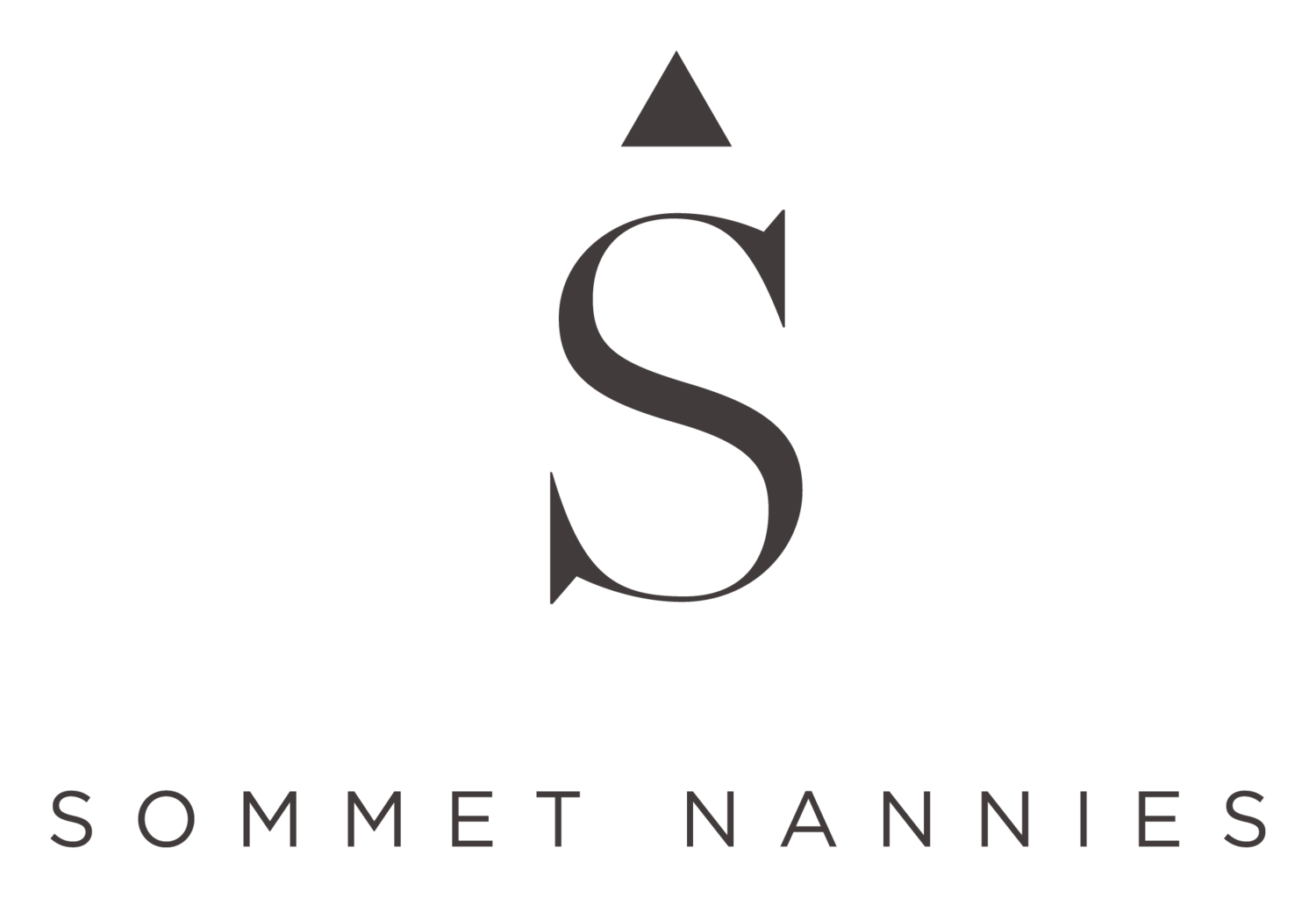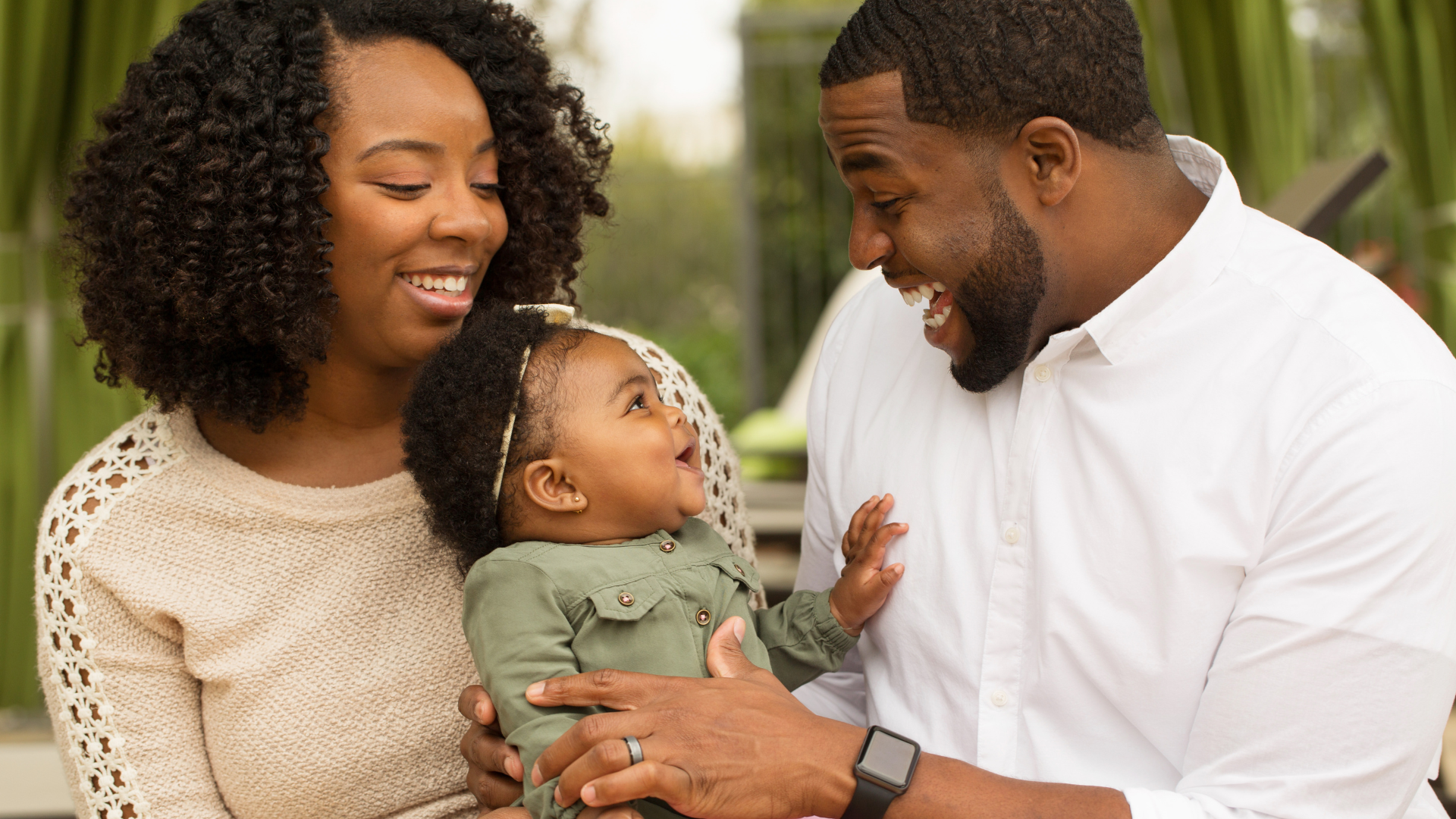Parentese: Conversations with Babies
In the early days with my current nanny family, it would not be surprising to find me talking out loud, seemingly to myself. The thirteen-month-old had no ability to participate in conversation with me beyond giving me eye contact, pointing, and a few babbles. Often, during her lunchtime in the kitchen, while she sat at my feet with her toys, our conversations sounded like this…
“Right now I’m cracking an egg. Next, I’ll pour some milk and sprinkle a little salt into the bowl”.
Blank stare towards me
“I’m also going to rip up some spinach and add that. I assume this is okay with you?”.
Chews on her toy while giving me eye contact
“I really like cheddar cheese in my omelettes. Do you want to try cheddar cheese in your omelette?”.
“Bah bah buh bah!”.
Or almost every day outside in the stroller, crouched down to her eye level…
“Let’s turn right on Rangely Road. I know we both really like to look at the foliage on this street”.
Sips milk from her bottle
“This weekend, my brothers and I are going for a nature walk to check out the foliage. I feel really excited, I love spending time with my brothers. What are you doing this weekend?”.
Grabs my nose with both of her hands and babbles
Had there been a nanny cam on me in these moments, I fear for what my mom boss and dad boss may have thought about me talking out loud to myself and their baby, who cannot answer me with words. However, every single conversation was not only reciprocal but an intentional choice. Each and every choice I make when interacting with babies and toddlers, that would seem small, inconsequential, or even a little crazy to most, is actually a choice backed by scientific research. In this ____blog, we’ll explore the importance of conversational speech with babies and how it can influence their cognitive, social, and emotional development.
Motherese
Motherese refers to the high-pitched, exaggerated, sing-songy way of speaking, used by adults to babies and toddlers. “Motherese”...totally modern and unoffensive, right? Recently, the literature has amended this language and adopted “parentese” and “infant-directed speech”, or IDS. For a long time, I, along with most child development professionals, found IDS to be a highly disrespectful and demeaning way of speaking to anyone. At around twenty weeks of gestation, babies develop hearing strong enough to hear what is going on outside of the womb. This means that for approximately twenty weeks after that, your baby is listening to you and the people around you, talk. Then, they’re born into this new, unfamiliar world and people are suddenly speaking to them in strange, squeaky voices they don’t recognize. I found it completely affronting.
New science is changing my mind. Using parentese activates the parts of your baby’s brain that recognize words. It helps retain their attention when exposing them to language, and according to HeadStart, “the variations in pitch and the slower pace help children learn to identify the sounds, words, and rhythms of language.” Parentese is very important for enhancing the sound of our voices to engage babies and give them a reason to want to participate in conversational turn-taking with us. This conversational turn-taking leads to higher outcomes in language development, reading skills, social awareness, and success in school. The key to keeping your parentese respectful and productive is to always use full sentences and real words.
Emergent Literacy Skills & Brain Development
Conversational turn-taking in infancy can directly result in higher success rates in emergent reading skills, language development, IQ scores, and executive functioning in typically developing children. It is even more predictive than the quantity of words used with your baby. In their study using MRI imaging and standardized reading tests, LENA (Language Environment Analysis) found that, “...children who were talked with more frequently at home had more gray matter in the surface area of the left perisylvian cortex, an area of the brain associated with language production and comprehension…while adult words and conversational turns both affected brain growth, the effect size was 15 percent higher for conversational turns, confirming that quality is more important than quantity when talking with children”. This brain growth directly supports reading skills.
Social Emotional Development
There are many ways you can use conversational turn-taking to support your baby’s social and emotional development. Mainly, simply comment on what they or you are doing, thinking, or looking at, and name the emotions th—at might come with those experiences. For example, “You wanted the cookie and I said no. I see that makes you feel frustrated”, or “I noticed that you offered your toy to your friend. That made them feel happy”. This strategy helps children identify and understand emotions, which can lead to higher rates of emotional regulation skills in the future. Chilean researchers Estaban Gómez Muzzio and Katherine Strasser found that, “...emotional regulation, attachment, and emotional communication at 30 months of age were all significantly predicted by conversational turns at 18 months of age…determining that babies’ language environments predict their social and emotional skills one year later”. When Muzzio and Strasser continued their data collection they found, “Conversational turns at 30 months of age were shown to predict social-emotional competencies at 77 months of age, for socioemotional cognition, emotion regulation, and emotional communication”.
With all this being said, what counts as conversational turn-taking at the varying stages of development? From babies, coos, babbles, and even eye contact would count. Also considered are mispronounced word attempts from toddlers, communicative noises, and partial or full sentences from preschoolers. Getting down to their eye level is also quite important so that your baby or toddler can see your mouth movements and your facial expressions when you speak.
In Conclusion
Ultimately, the small, everyday moments of talking with babies, whether narrating your cooking, chatting during stroller rides, or responding to a babbled “bah bah buh”, are powerful acts of shaping a child’s developing mind. Parentese and intentional conversational turn-taking don’t just create connection; they actively build the neural and linguistic foundations that support reading, reasoning, emotional understanding, and long-term academic success. By engaging infants in rich, responsive dialogue, we expand the variety and breadth of their lexicon, helping them form stronger word associations and deeper language comprehension from the very beginning. Support from a highly-qualified nanny can ensure that your baby is receiving this level of engagement even when you’re not there. These seemingly simple exchanges form the scaffolding for lifelong communication, learning, and social-emotional well-being, and they prove that even the quietest early conversations truly matter.
References
N. Ferjan Ramírez, S.R. Lytle, & P.K. Kuhl, Parent coaching increases conversational turns and advances infant language development, Proc. Natl. Acad. Sci. U.S.A. 117 (7) 3484-3491, https://doi.org/10.1073/pnas.1921653117 (2020).
U.S. Department of Health & Human Services, Administration for Children & Families, Office of Head Start. (2024, December 23). Early Social Interactions Build Connections in the Brain [Brief]. https://www.headstart.gov/publication/early-social-interactions-build-connections-brain
LENA. (2019, September 10). New research strengthens link between adult-child conversation and brain structure, reading skills. LENA. https://www.lena.org/resources/blog-posts/conversational-turns-brain-structure-reading-skills/
Interested in working with us to find your next job? Learn more about joining our nanny agency now!
Welcome to Sommet Nannies, a nanny agency with presence in Boston, Chicago, Washington DC, New York, and nationwide. We help busy families find dedicated and caring college-educated nannies.
If you enjoyed this article, you might also like ‘Sleep Training Advice from Boston's Leading Nanny Agency’.
If you’re a family interested in learning more about our nanny services, head over here.
If you’re a nanny looking for a new family to work with, you can apply to become a Sommet Nanny.


